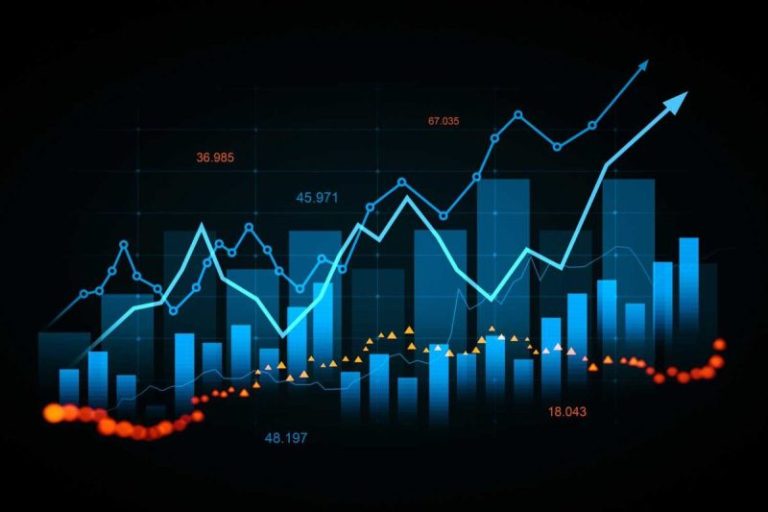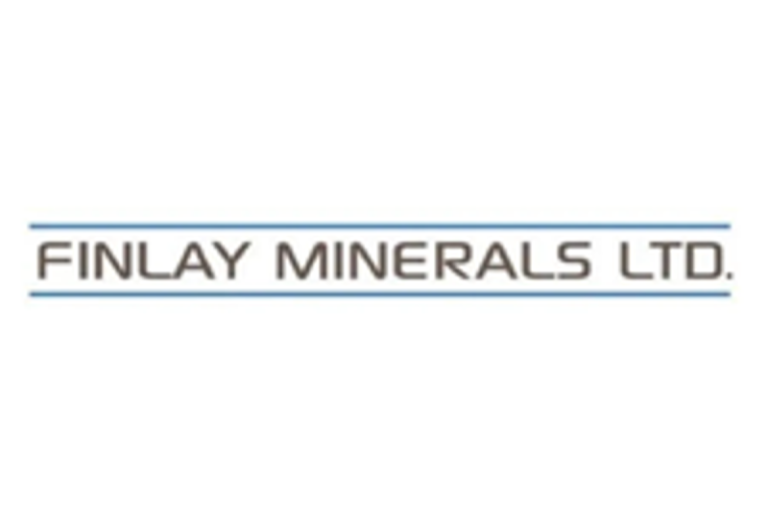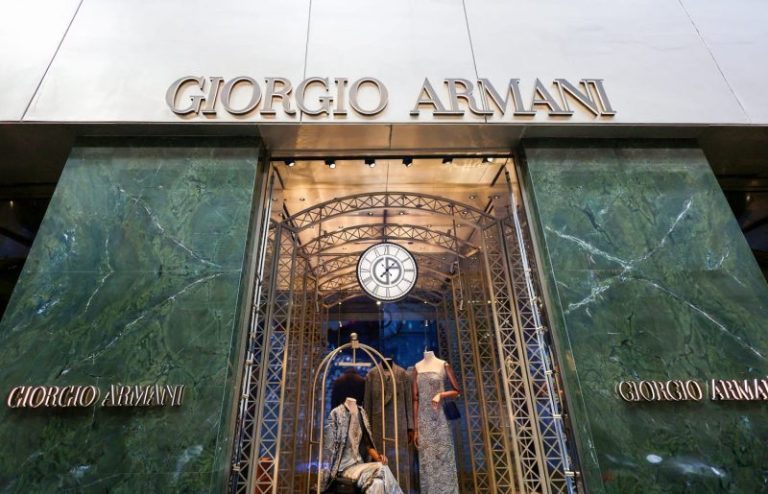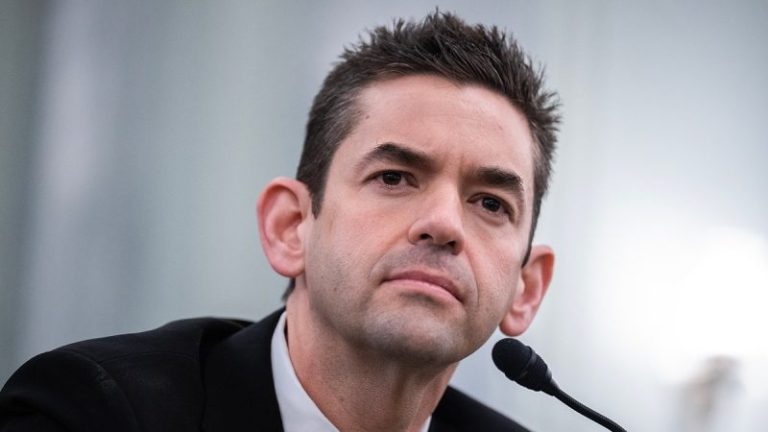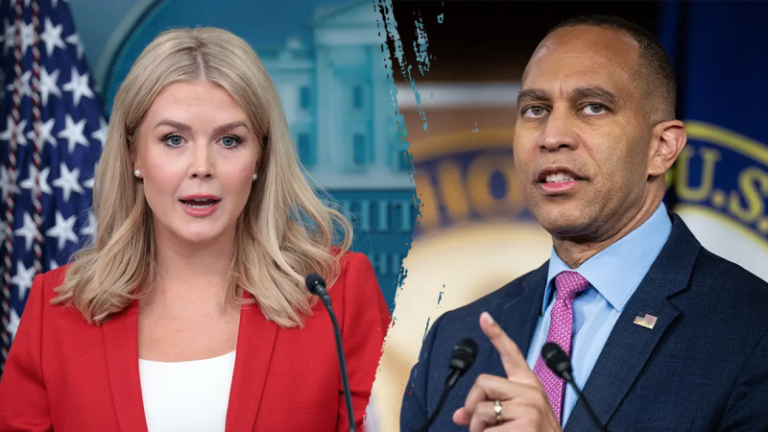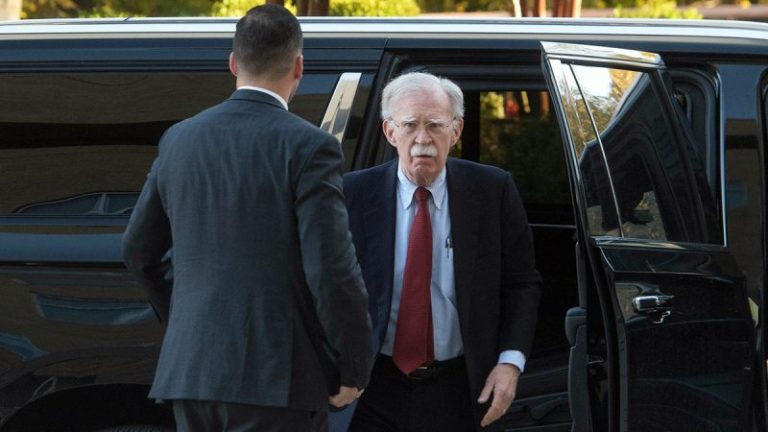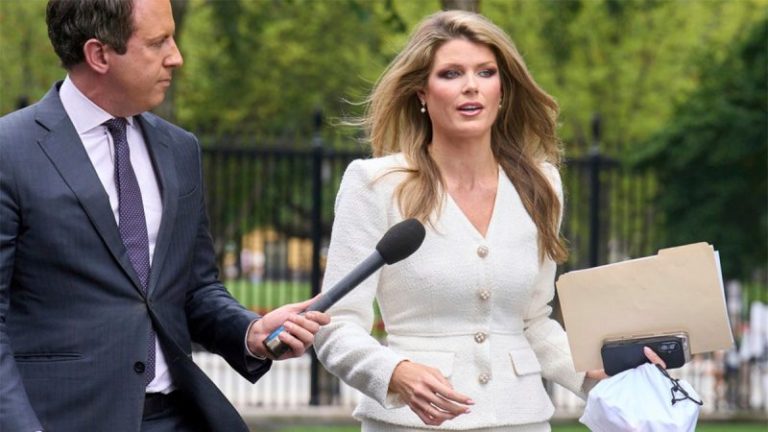The Government of Ontario started taking applications for resource development projects under its “One Project, One Process” framework on Friday (October 17).
The new process, which Ontario lawmakers introduced in the spring, promises to streamline and reduce the permitting time for selected projects by at least half, introducing a dedicated office to consolidate applications. Under the current system, the permitting process can add up to 15 years to a project’s development cycle, the government stated.
In addition to supporting Ontario’s mining industry, the new framework is also a reaction to policy shifts in the United States under the Trump administration, as his tariff policy affects the Ontario and Canadian economies.
“With President Trump taking direct aim at our economy, it has never been more important to protect Ontario jobs and build the mines that will power our future,” said Stephen Lecce, Minister of Energy and Mines.
The new policy is similar to the national one introduced by Prime Minister Mark Carney in September. That program, which created the Major Projects Office, is geared to support investment and permitting for projects deemed to be in the national interest. The initiative was part of his election platform earlier in the year in response to Trump’s tariffs on imports of Canadian goods.
In a speech to the Peterson Institute of International Economics on Thursday (October 16), Bank of Canada Governor Tiff Macklem stated that Canada’s growth outlook remains “soft.”
He identified several trends that are affecting Canadian and global economies. The first is a slowing of global trade that began in 2010, which then accelerated as Trump increased tariff rates to the highest levels since the 1930s.
The second is a shift away from the US as the world’s largest trading hub, as supply chains strengthen in China and Europe, creating new hubs there. Macklem also noted that, while the US remains dominant in global finance, investors have expressed uncertainty due to its declining trade position and increasing debt load.
For Canada, Macklem said the tariffs have affected cross-border trade and stymied investment into Canadian industries, weakening gross domestic product growth.
Although it’s uncertain if the Bank of Canada will cut its rate when it makes its next policy decision on October 29, Macklem said, “Monetary policy cannot undo the damage of tariffs.” Instead, he suggested that Canada needs to lower barriers to interprovincial trade and focus on projects that increase the export of Canadian goods overseas.
South of the border, Federal Reserve Chairman Jerome Powell gave a speech on Tuesday (October 14) to the National Association of Business Economics in Philadelphia. In his remarks, he said the outlook for the jobs market and inflation has not changed since September, and signaled the likelihood of another rate cut when the Federal Open Market Committee meets on October 28 and 29.
In the days following Powell’s remarks, the price of gold surged to a new record high of US$4,379.13 on Thursday, and silver rose to a new record of US$54.40 per ounce. Both have since retreated, but remain elevated.
For more on what’s moving markets this week, check out our top market news round-up.
Markets and commodities react
Canadian equity markets were down this week.
The S&P/TSX Composite Index (INDEXTSI:OSPTX) lost 0.71 percent over the week to close Friday at 30,108.48.
The S&P/TSX Venture Composite Index (INDEXTSI:JX) fared worse, ending the week down 3.85 percent at 965.58. The CSE Composite Index (CSE:CSECOMP) also fell this week, shedding 5.33 percent to close out the week at 179.76.
The gold price set another new record, reaching an intraday high of US$4,379.13 per ounce in early morning trading Friday EST before retreating to US$4,252.69 by Friday’s close. Ultimately, gold was up 5.82 percent over the week.
The silver price also gained significantly this week, again breaking its own all-time high in early trading Friday when it reached US$54.47 per ounce. However, it had pulled back US$51.76 by 4:00 p.m. EDT Friday, posting a weekly gain of 3.46 percent.
The copper price was flat on the week, down just 0.2 percent to US$5.03 per pound.
The S&P Goldman Sachs Commodities Index (INDEXSP:SPGSCI) fell 2.23 percent to end Friday at 539.84.
Top Canadian mining stocks this week
How did mining stocks perform against this backdrop?
Take a look at this week’s five best-performing Canadian mining stocks below.
Stocks data for this article was retrieved at 4:00 p.m. EDT on Friday using TradingView’s stock screener. Only companies trading on the TSX, TSXV and CSE with market caps greater than C$10 million are included. Mineral companies within the non-energy minerals, energy minerals, process industry and producer manufacturing sectors were considered.
1. JZR Gold (TSXV:JZR)
Weekly gain: 112.77 percent
Market cap: C$28.95 million
Share price: C$0.50
JZR Gold is a gold company with exposure to the Vila Nova gold project, located in Amapá, Brazil, through a joint venture royalty agreement with the project’s operator, ECO Mining Oil & Gaz Drilling and Exploration.
JZR received a 50 percent net profit interest in the Vila Nova project following the completion of payments totaling US$6 million to ECO in January 2023. The funds were used to advance the project and construct an 800 metric ton per day bulk sampling gravimetric mill at the site.
According to JZR, the funding is considered a loan and will be “repaid to the Company from the proceeds of the sale of any products, prior to the distribution of any profits.”
The project holds approximately 9 million metric tons of gold tailings grading an average of 2.47 grams per metric ton (g/t) gold from historic operations. The companies plan to reprocess the tailings to generate near-term cash flow that will fund further exploration at the site, anticipating production of 2 kilograms of gold per day.
Shares gained this week alongside the October 14 news that ECO produced the first gold concentrate from the Vila Nova gold project’s mill. JZR said that ECO has begun to stockpile material at the mill site as it continues testing and optimization, with the goal of improving efficiency and increasing throughput.
2. Austral Gold (TSXV:AGLD)
Weekly gain: 90 percent
Market cap: C$75.37 million
Share price: C$0.095
Austral Gold is a gold production company operating two mines in Latin America.
Its Guanaco – Amancaya mine complex in Chile is its primary operation, hosting a 1,500 metric ton per day milling circuit, a 3,000 metric ton per day crushing circuit and a heap leaching processing plant. In 2024, the complex produced 15,138 ounces of gold and 37,154 ounces of silver.
Austral’s other operation is the Casposo – Manantiales complex in Argentina, which hosts a 1,100 metric ton per day mill and a dry-stack tailings facility. The mine had been on care and maintenance since 2019, during which time Austral worked on exploration at the site, along with its refurbishment plan to restart operations.
Shares in Austral rose this week following a pair of announcements on Tuesday.
The first was a report that Austral has resumed production at Casposo, currently sourcing material from the existing stockpiles. The company said it plans to transition to open-pit mining and is in negotiations with a contractor to finalize an agreement.
The company produced 230 gold equivalent ounces of doré during the commissioning phase, which began in December 2024, according to the release. It expects Casposo to produce 4,000 to 6,000 gold equivalent ounces during Q4.
In the other release, Austral provided an updated mineral reserve estimate for Casposo reporting proven and probable gold contained to be 80,000 ounces of gold and 3.28 million ounces of silver with average grades of 1.31 g/t gold and 58.52 g/t silver from 2.15 million metric tons of ore.
3. Resouro Strategic Metals (TSXV:RSM)
Weekly gain: 88.64 percent
Market cap: C$29.14 million
Share price: C$0.415
Resouro Strategic Metals is a polymetallic exploration and development company working to advance its mineral properties in Brazil.
Its Tiros rare earth metals and titanium project is located in Minas Gerais, Brazil, and comprises 28 mineral rights covering an area of 497 square kilometers.
According to a May 2025 technical report, the site hosts a measured and indicated resource of 1.4 billion metric tons of ore grading 12 percent titanium dioxide and 4,000 parts per million of total rare earth content.
The company also owns the Novo Mundo gold project located in the Alta Floresta gold province in Central Brazil. It consists of three licenses totaling 167 square kilometers.
On Tuesday, Resouro provided an update to its ongoing private placement, noting that it had received subscription agreements and expects to close in the next week.
4. Nio Strategic Metals (TSXV:NIO)
Weekly gain: 75 percent
Market cap: C$16.24 million
Share price: C$0.175
Nio Strategic Metals is an exploration company working to advance its assets in Québec, Canada.
Its primary focus has been on its Oka rare earth and critical minerals project. The property hosts a past-producing niobium mine and several nearby mineralized zones.
According to the project page, Oka’s total measured and indicated resource is 10.63 million metric tons of ore at an average grade of 0.65 percent niobium oxide.
While the company did not release any news this week, shares in Nio Strategic Metals rose significantly.
5. Boron One (TSXV:BONE)
Weekly gain: 71 percent
Market cap: C$14.92 million
Share price: C$0.06
Boron One is an exploration company focused on advancing its Piskanja project located near Belgrade, Serbia.
The asset hosts two primary densely mineralized zones with gently undulating borate beds. The company was initially granted its exploration license in 2010, with the exclusive right to apply for a mining license.
In a preliminary economic assessment for the project released in June 2022, Boron One, then named Erin Ventures, reported an economic case with an after-tax, net present value of US$524.9 million with an internal rate of return of 78.7 percent and a payback period of 12 months.
It also provided a mineral resource statement that demonstrated a measured and indicated resource of 2.36 million metric tons of boric oxide from 6.87 million metric tons of ore with an average grade of 34.36 percent boric oxide.
The most recent news from the project came on September 26 when the company provided an update on its application for a mining license, noting the Ministry of Mining has requested amendments to the company’s application before it can be approved.
Boron One said it is preparing the revised version “as quickly as possible.”
FAQs for Canadian mining stocks
What is the difference between the TSX and TSXV?
The TSX, or Toronto Stock Exchange, is used by senior companies with larger market caps, and the TSXV, or TSX Venture Exchange, is used by smaller-cap companies. Companies listed on the TSXV can graduate to the senior exchange.
How many mining companies are listed on the TSX and TSXV?
As of May 2025, there were 1,565 companies listed on the TSXV, 910 of which were mining companies. Comparatively, the TSX was home to 1,899 companies, with 181 of those being mining companies.
Together, the TSX and TSXV host around 40 percent of the world’s public mining companies.
How much does it cost to list on the TSXV?
There are a variety of different fees that companies must pay to list on the TSXV, and according to the exchange, they can vary based on the transaction’s nature and complexity. The listing fee alone will most likely cost between C$10,000 to C$70,000. Accounting and auditing fees could rack up between C$25,000 and C$100,000, while legal fees are expected to be over C$75,000 and an underwriters’ commission may hit up to 12 percent.
The exchange lists a handful of other fees and expenses companies can expect, including but not limited to security commission and transfer agency fees, investor relations costs and director and officer liability insurance.
These are all just for the initial listing, of course. There are ongoing expenses once companies are trading, such as sustaining fees and additional listing fees, plus the costs associated with filing regular reports.
How do you trade on the TSXV?
Investors can trade on the TSXV the way they would trade stocks on any exchange. This means they can use a stock broker or an individual investment account to buy and sell shares of TSXV-listed companies during the exchange’s trading hours.
Article by Dean Belder; FAQs by Lauren Kelly.
Securities Disclosure: I, Dean Belder, hold no direct investment interest in any company mentioned in this article.
Securities Disclosure: I, Lauren Kelly, hold no direct investment interest in any company mentioned in this article.
This post appeared first on investingnews.com




